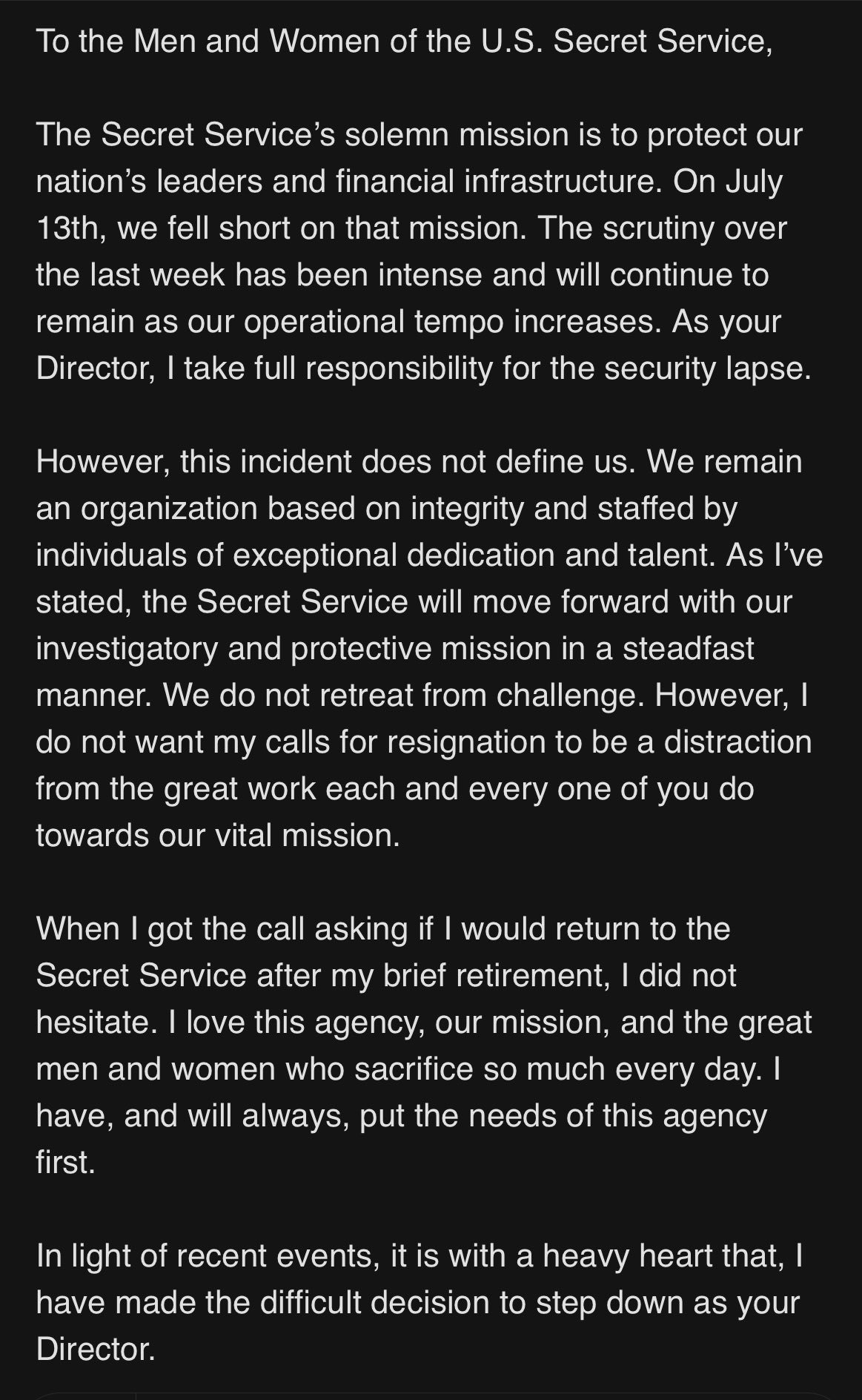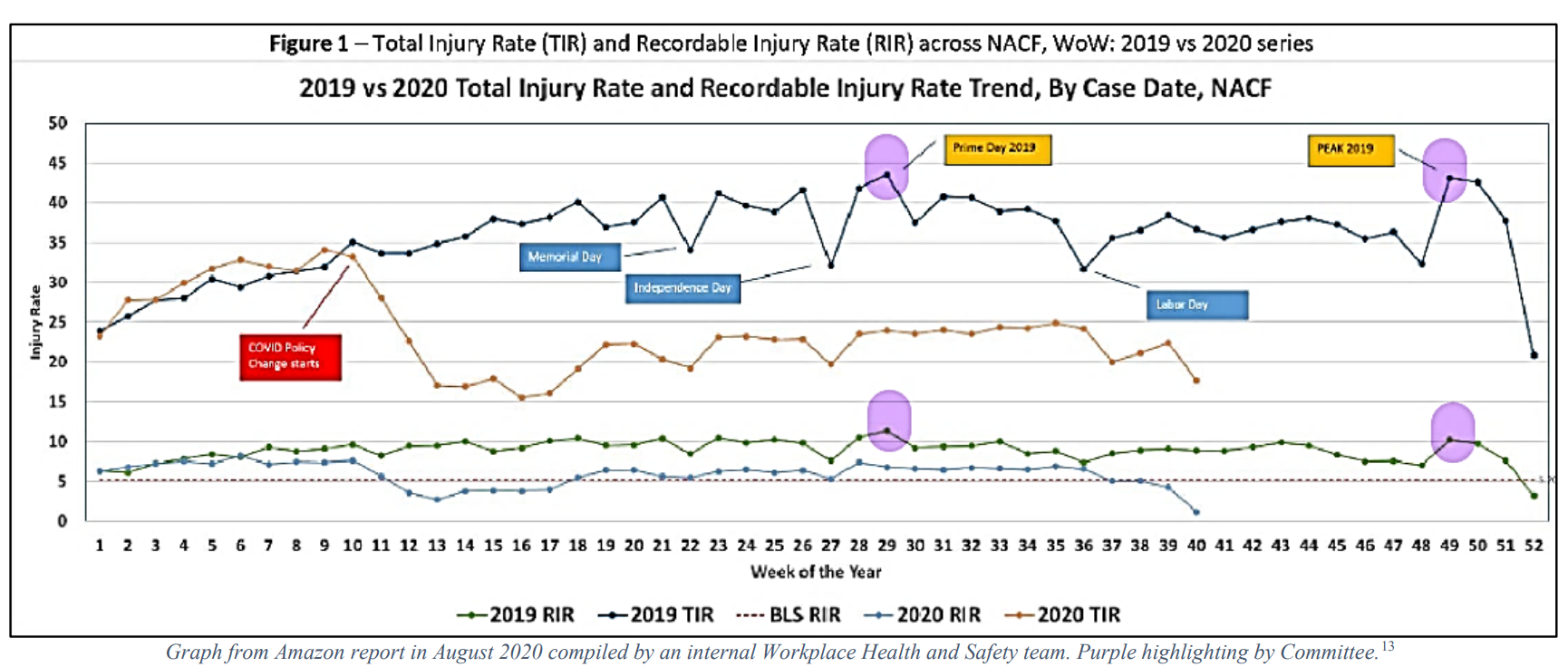Musk Email Lands in Italy
/Elon Musk’s five-bullet-points email didn’t go over well in the U.S., but the reaction is worse in Italy, raising questions about intercultural communication for students to discuss. The email asks government workers to list five accomplishments in the past week.
With the subject, “What did you do last week?,” these emails were met with mixed reactions in the U.S., with some agencies instructing their employees not to respond. But when Italian workers at Aviano Air Base received the email, the negative reaction was stronger.
Students can explore cultural differences. One framework to explain the different reactions is Hofstede’s model, particularly the dimension of individualist / collectivist society. As one Italian union representative said, Italy “is not the Wild West like the U.S.” This country comparison tool website describes individualism as follows:
The fundamental issue addressed by this dimension is the degree of interdependence a society maintains among its members. It has to do with whether people's self-image is defined in terms of “I” or “W.” In Individualist societies, people are supposed to look after themselves and their direct family only. In Collectivist societies people belong to “in groups” that take care of them in exchange for loyalty.
The differences, shown here according to the comparison tool, aren’t as great as we might think, but Italian unions represent a higher percentage of the population, are more highly centralized, and provide broader protections than U.S. unions do.
Students may find other differences driving these reactions. For example, this past week, Italian President Sergio Mattarella declined a meeting with Musk about a potential $1.5 billion deal for Starlink, the satellite internet service. The request raised concerns about a public institution negotiating with a private entity. All this might be intensified by Europe’s reaction to the U.S. political situation at the moment.






















